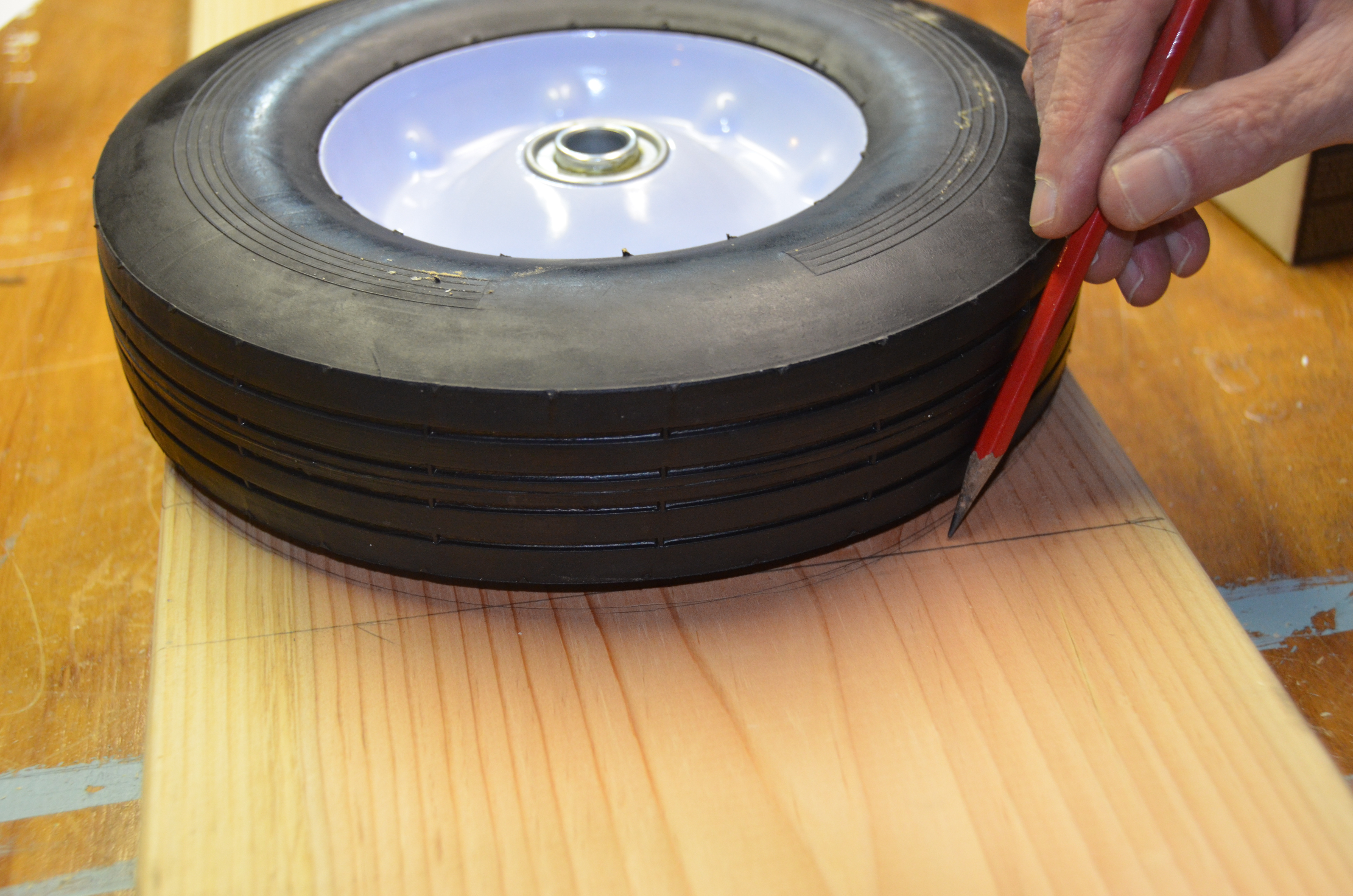
For the last 20 years, two civil wars and prolonged violence have left much of the Democratic Republic of the Congo unsafe for many people. Since 1994, it’s estimated that 3 million people have been killed there.
In western Rwanda, just 60 kilometers away, sits the Kiziba refugee camp, where 18,000 Congolese wait hoping for peace so they can return to their homeland. Food and firewood rations are provided monthly by the United Nations, and the responsibility for moving these loads typically falls to young boys equipped with a handcrafted, all-wood scooter called a chukudu (choo-KOO-doo).
Often called the pickup truck of the Congo, chukudus can haul loads upwards of 500 pounds. They’re pushed up hills and ridden down the other side. Today, chukudu makers in Kiziba carve these scooters from eucalyptus trees with nothing but a machete.

After my visit to the camp, I wanted to honor the ingenuity and resourcefulness of the Congolese refugees by building my own version of the chukudu. You too can build this simple and utilitarian scooter with ordinary lumber and hardware. It will take about a weekend to build this project and can cost about $100 – $200 depending on supplies you have on hand and what you can salvage.

About the Designer

Nshimiyimana was my host as I visited the camp. He took me through the camp showing me his home, school, football field, market, clinic, and library. When I asked him about the chukudu, he enthusiastically started drawing these plans and explaining how they’re built. The plans here are an adaptation of his design.
To help Nshimiyimana and others like him complete their education, consider supporting the work of International Teams in Kiziba. Specify “Impact Rwanda – Kiziba Education” with your donation.
Build and build photos (below) by Andy Waters and Doug Bradbury
Component and assembly drawings by Aimé Nshimiyimana



























